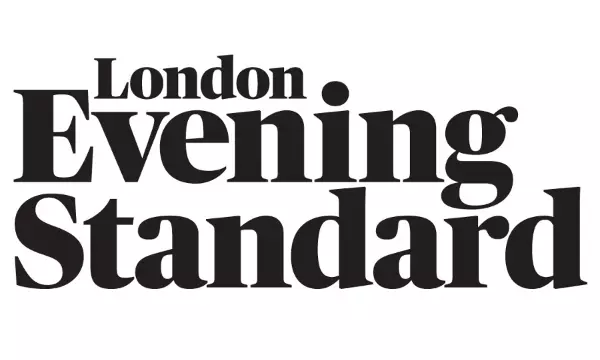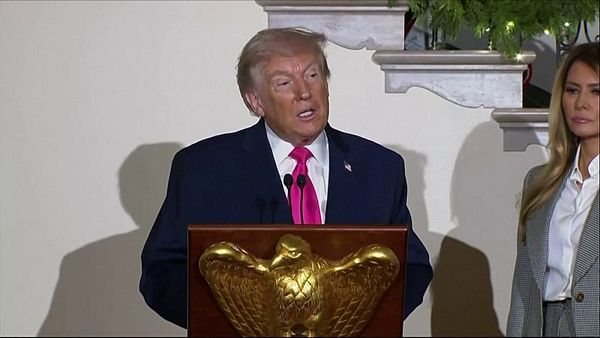
Good morning, Broadsheet readers! Allison Baum Gates is a general partner at the early-stage venture capital fund Semper Virens and the author of the new book Breaking Into Venture: An Outsider Turned Venture Capitalist Shares How to Take Risks, Create Power, and Build Life-Changing Wealth. In this excerpt, she shares how her own experience being underestimated as a female investor has led her to sometimes overlook drawbacks in female-founded startups—an honest perspective she hopes we can all learn from.
- Overlooked and underestimated. In my early days as a venture capitalist, the glaring gender imbalance in venture—93% of venture dollars are still controlled by men—meant I was constantly flooded by both subtle and not-so-subtle negative messages about my capability as an investor.
I once flew from Tokyo to New York for 24 hours to meet the Dubai-based patriarch of what I will call the Vikas family, a group that had made billions building a large network of private schools. They were particularly interested in getting access to more investment opportunities in education technology, which was my primary focus area at the time. We had already co-invested in several companies, which is usually a strong indication of alignment. I seized the opportunity to make my case to the real decision-maker—the father of the family, whom I will call Arun.
I was introduced to the Vikas family through one of their technology advisors. He warned me that Arun was “very traditional” and it “might be a good idea for me to invite one of my male partners for the meeting as well.” I reluctantly did—but his flight was canceled during a snowstorm. I had no choice but to face the meeting solo.

When I made it to Arun’s suite at the Four Seasons, he looked up at me and asked, “I’m sorry, who are you?” I nervously explained that I was Allison, and that his advisor had invited me here to talk about my venture capital fund, Fresco Capital. Clearly surprised, he looked directly at me and said, “You? Run a venture capital fund?”
Any semblance of confidence I had mustered on the way over was immediately shattered by his lack of knowledge of our meeting and apparent disbelief of my role as a venture capitalist. I mustered a weak, “Yes, I mean, along with my partners..." and proceeded to stumble through several more hours of rapid-fire questions that appeared to have nothing to do with the topic of investing in education technology. I did my best to use every opportunity to demonstrate my market knowledge, network, and the early success in my portfolio, but Arun made it obvious I was being dismissed.
Because I experienced this type of dismissal as a female founder of a venture capital fund, I have always deeply sympathized with female founders of companies. Even though I was raising capital for a fund, and they were raising money for startups, we were in the same trenches, fighting for respect, recognition, and resources.
Investing in female and underrepresented founders became a core part of my investment thesis. I believed that underrepresented entrepreneurs were systematically overlooked and underestimated and would outperform relative to their peers.

However, because this element of my thesis was deeply personal, there were cases where I skipped key diligence steps in objectively assessing a market opportunity because I was so driven by a deep sense of responsibility and obligation to be an advocate for female entrepreneurs. This was the case with my investment in an education technology startup I backed early in my career as a VC. The business offered a subscription for kids to help them learn about science, technology, engineering, and math. Sarah, the CEO, was passionate about the mission of democratizing access to technology skills from an early age. I started checking the boxes in my diligence process around founder/market fit, unique technology, a large total addressable market, and early ingredients for optimal market timing.
As the investment round came together and we learned more about the potential terms being offered by lead investors, the valuation was far lower than what I expected. I was intrigued by the potential to buy a strong ownership stake early on, but the terms seemed too good to be true. Sarah said she believed she was being significantly underestimated because she was a female CEO. She asked me to meet with the lead investor she was talking to in order to find out whether he had legitimate questions about the business or he simply didn’t believe she was capable because he was biased against women. Having been in so many similar situations myself, I could already feel my blood boiling with a sense of injustice.
Motivated by my desire to prevent a female founder from being undervalued, I cleared my schedule to do a reference call with the investor. His endless line of questions about her experience and whether or not she knew how to build a business confirmed my suspicion that he was biased, focusing on his perception of her potential as a CEO instead of the massive market opportunity at hand. I did my best to assert my views about the technology, TAM, and timing, but he was unconvinced. I called Sarah to let her know that I agreed with her assessment that he was biased against her. I told her I would lead the round instead.
I stopped digging deeper on the diligence side because I had already made up my mind. However, after we made the investment and we started having our first board meetings, I realized there were major red flags. The company had missed important deadlines, and sales failed to materialize. There was significant turnover among early employees, and there was a lack of clear strategic direction. These challenges ultimately became too much to overcome, and the company shut down several years later. In my post-mortem analysis, I realized that my personal biases had prevented me from completing an objectively sound analysis about the potential of the business.
It’s not just me, either—everyone has some lived experience that could drive them to make emotionally biased investment decisions. The only antidote to our biases, triggers, and blind spots is self-awareness. I don’t think my blind spots made me a bad investor—they were a result of the world we live in. And I hope my mistakes can help others avoid the same pitfalls.
Excerpted from Breaking into Venture: An Outsider Turned Venture Capitalist Shares How to Take Risks, Create Power, and Build Life-Changing Wealth, by Allison Baum Gates.
Allison's take is sure to start a conversation. If you have thoughts or feedback, email Emma and we may feature it in a future Broadsheet: emma.hinchliffe@fortune.com
The Broadsheet is Fortune's newsletter for and about the world's most powerful women. Today's edition was curated by Emma Hinchliffe. Subscribe here.







